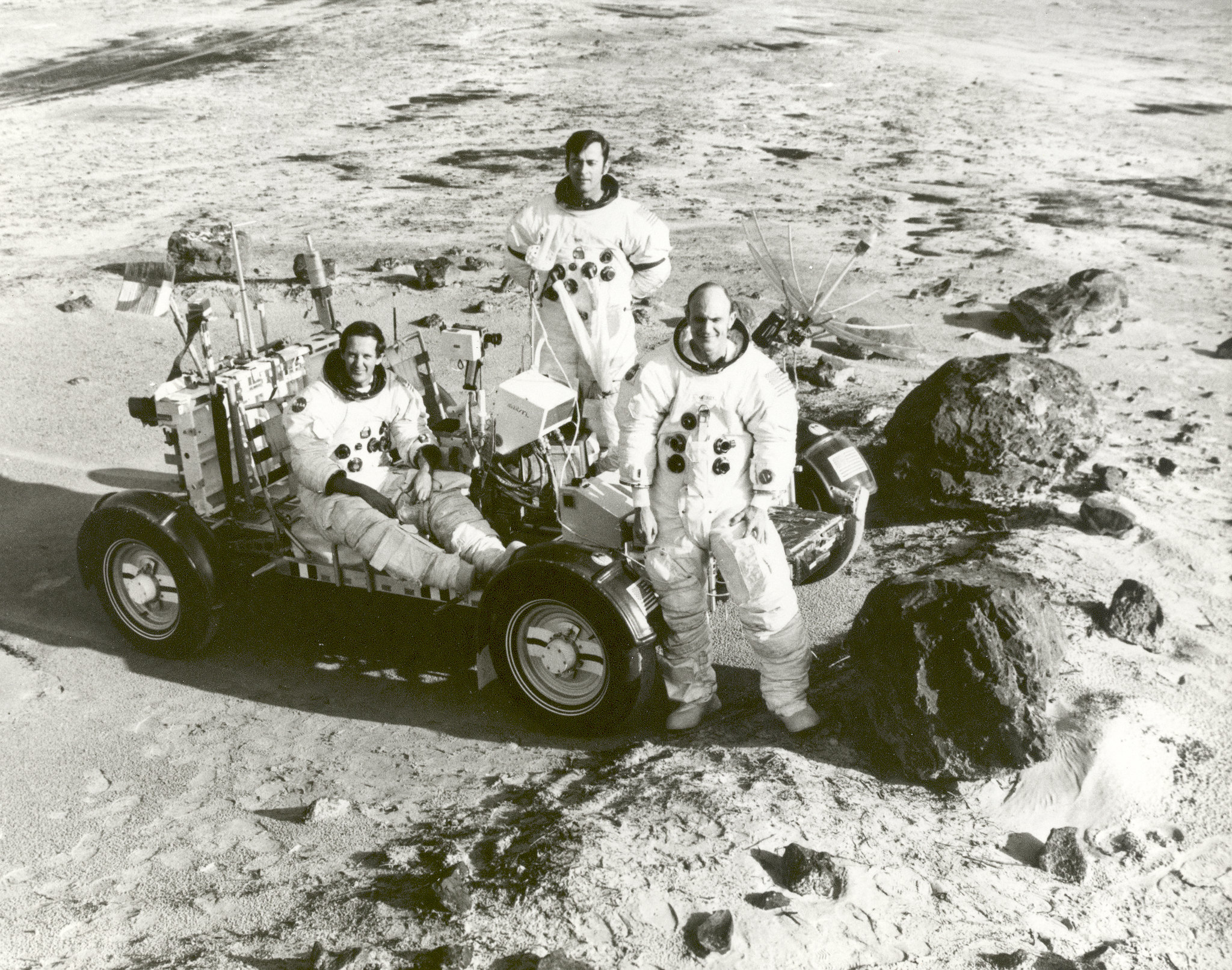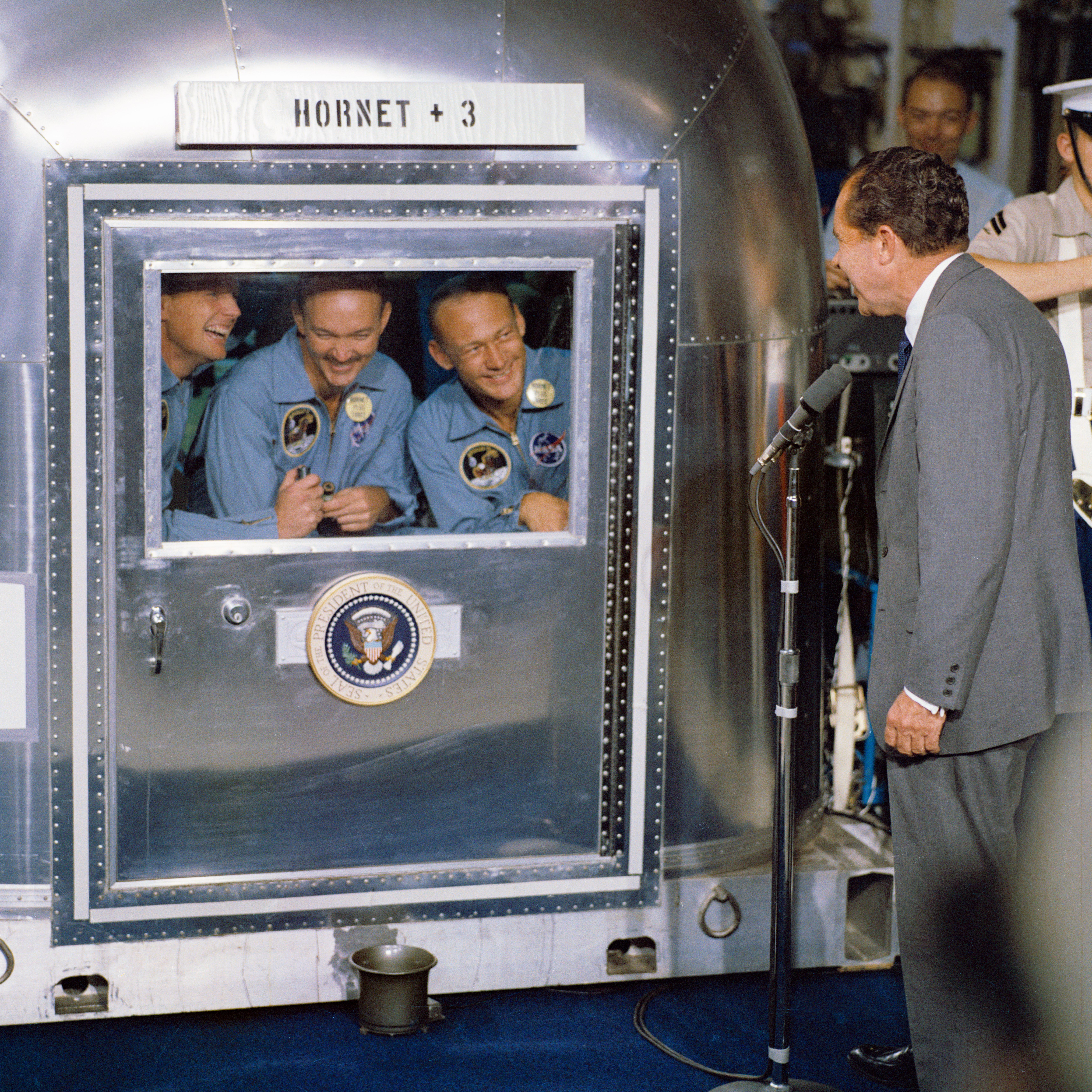About the Joy of Collaborative Shaping
I appreciate many of the ideas and concepts regarding Product Engineering presented by Ryan Singer in the book ShapeUp, especially in comparison to other “agile” methodologies.
In a recent article, Ryan discussed the idea that Shaping isn’t writing. The article explains how shaping a product or idea is primarily a collaborative effort. In this short text, the author successfully expresses a feeling that I have often experienced but always had difficulty expressing.
It is the positive feeling of collaborating with others to solidify a concept. The joy you experience while constructing a complex solution within an interdisciplinary team that is dedicated to amplifying one another.
Collaborative shaping can be a fulfilling experience. It not only expands your understanding, but also strengthens the team’s bond. I often reflect on the necessary ingredients to make it happen.
Ingredients for Effective Shaping Teams
In my experience, there are a few underrated ingredients that make up a good shaping team:
Interdisciplinary: Assemble a team with a diverse range of expertise and experience.
Friendship: If you’re really lucky, you find people who dig each other.
Open-minded and egoless: Assemble team members who are willing to help each other and amplify their efforts.
Resilience: If somebody makes mistakes, don’t bring them down. Embrace failure as an opportunity to learn.
Prioritizing learning over immediate success: Instead of moving fast and breaking things, move mindfully and take the time to understand them.
If you’ve had team constellations like this before, chances are you’ll remember them. In addition to these ingredients, shaping sessions often follows a similar course.
Take Your Time – The Long and Winding Road
One important lesson I have learned is that good results take time. It is crucial to avoid rushing and instead concentrate on addressing each stage of the process to develop effective solutions:
Understanding Each Other
To begin, you must first take the long and winding road to understand and synchronize with the mindset of your fellow team members. Therefore, you need team members who are empathetic and respect the needs of others and other disciplines. Sometimes, it takes a facilitator to make people aware of others.
Understanding the Problem
Typically, a team would be ready to solve challenges at this point. However, experienced teams don’t rush into the solution space. Instead, they focus on understanding the problem and the big picture before delving into potential solutions.
Generating Solutions
As the team gains understanding, their hunger for solutions increases. Eventually, you will reach a point where you can address your challenges. This is when you and your team dive deep into the tunnel, and solutions to long-standing challenges begin to emerge. In this section, open-mindedness and egolessness become very important. Valuable solutions often arise from ideas that build upon one another. Therefore, instead of competing with one another, a sustainable team allows their ideas to enhance and amplify each other.
The Result of that? A Beautiful Mess
These sessions can be intense, and the outcome of iterating on our analog and digital whiteboards often reflects the different paths we tried, the failures we encountered, and the conclusions we reached as a result.
The shaped work itself looks like a mess. But the people who were there know exactly what it means.
― Ryan Singer|feltpresence.com: Shaping isn't writing
A shared understanding
After returning from this creative field trip, we can be confident that our team will share a common understanding of our solution and how to achieve it. This understanding will be retained for a significant period of time. It’s as if the adventure we experienced together brought us closer.
Challenge: Onboarding Stakeholders Who Did Not Participate
Getting important stakeholders, who were not present during the shaping session, on board can be a huge challenge.
Therefore, much of the work and writing occurs afterwards. This involves summarizing the key points discussed during the session, as well as the reasons that led the team to those conclusions.
In this phase, writing and sketching are much more important (and cheaper) than creating shiny presentations. This is an art in itself.
The Bottom Line
However, this article serves as a good reminder that a lot of the magic usually happens before the documentation stage. Collaborative sessions are what truly put the sustainability into the shaping process.
Shaping is not filling in a template. It’s not a document. It’s the concept: the parts, the links between them, the things that are “in” and the things that are “out” that make it all work.
― Ryan Singer|feltpresence.com: Shaping isn't writing


